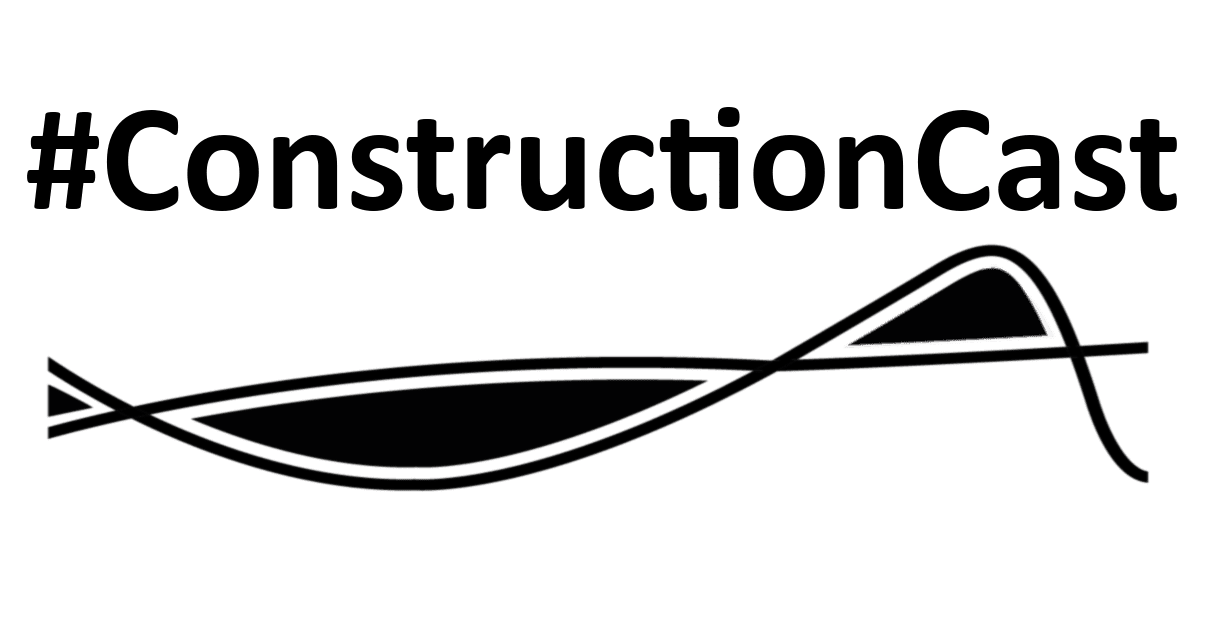The Battle of the Construction Delay Analysts
With Michelle Metz, Tom Francis & David Stone – watch the video, or read the review below…
Introduction and Coronavirus Update
Last week the Construction Leadership Council released a new document, the ‘Roadmap for Recovery’. The document sets out a strategy to rebuild the construction industry following COVID-19. The CLC has released quite a lot of information during this pandemic, including regular site guidance documents.
Tom’s view was that this new document is admirable for its aims and well worth reading. It sets out three phases to recovery – restart, resetting and reinventing. It also covers a wide range of problems in the industry including project life cycle, skills shortage, health and safety, net carbon zero targets. But Tom is unsure we will really be able to achieve all the aims under the current circumstances. Many of these are not new issues, and if we were struggling to get a hold of them prior to COVID-19, we may find it even harder now.
The report also emphasises the need to develop new approaches to productivity – something which as a planner, Tom is particularly interested in. It touches on the need to improve digitisation and offsite manufacturing. Tom’s thoughts are that companies who had invested in modern methods of construction before COVID-19 will reap the rewards in the years to come. But those who hadn’t might fall behind. How can we expect contractors on low margins to now invest in new technology? We may find many are going to struggle with the difficulties.
Conflict Avoidance
The CLC and government guidance also recommend signing up to the RICS Conflict avoidance pledge. The pledge aims to encourage the industry to work proactively to avoid disputes. David believes this is more important now than ever. There will be lots of claims coming up and the more that can be done to resolve them, the better.
The document sets out a number of steps you should take to avoid and minimise disputes on projects, the final step being dispute resolution. David reminds us that even if you hope to avoid a dispute completely you should be aware that if you get to dispute, you will need all the information. He advises to get it together at the earlier stages, it should help you negotiate better and you’ll be prepared should dispute avoidance fail. David believes you should do your best to talk things through and come to an agreement with the opposite party but make sure you are prepared if this escalates to a dispute.
Records again…
We hear a common theme of advice, mentioned in every single #ConstructionCast to date: Get your records together. Including what state was the project in before COVID-19. Tom’s company Decipher recently held a webinar which looked in detail at the practicalities of record keeping. You can view the video here.
The RICS document encourages people to work together, and David thinks this probably will happen more than normal because it is a completely new situation. The pledge will help people not to entrench themselves in a position. Those who talk and communicate early will be more likely to advance to settlement.
Michelle shared her thoughts on how contractors and clients can avoid disputes. She advised that we need to get back to fundamentals: the management of data, information and the project. Michelle reiterated the need for good record-keeping, but warns that those records have got to be fit for purpose. Don’t keep records for record’s sake. As an analyst, she needs the information that will be relied on: dates, resources, what area, disciplines etc.
She also highlights the need for maintaining good schedules / programmes. They should be dynamic and react to change and updated regularly. Record the work that was already done, when started when completed % of completion. As David mentioned above it is important to know the sate of the work before, during and after COVID-19 and show the ongoing effects.
Another helpful reminder from Michelle is to make sure you put in timely notifications and abide by contract conditions.
Delay Analysis
Michelle has been working in the field of delay analysis for 28 years. Early on in her career, Michelle worked with the man who wrote the well-known text on delay analysis, Keith Pickavance. Interestingly, back in the days of working with Keith, contrary to some perceptions, he used a couple of methods but he did have a strong preference one methodology over any other.
Now it seems there are many different methods, but they have always been out there. Michelle believes what we have seen is the evolution and codification of these methods along with the development of a number of guidance documents including the SCL Delay and Disruption protocol and AACE Forensic Schedule Analysis recommended practice which have consolidated the techniques.
When asked if there is a particular method she favours, Michelle says it is important for analysts to choose a methodology appropriate to data and information available. There are basic questions you need to ask before deciding which method is right for your dispute:
- What does the contract say (usually silent but sometime specifies)
- Stage of the dispute (start, during or end of project?)
- What records are available?
- What schedules are available? Soft copies, baseline? Updated programmes?
- In terms of schedules: How reliable are they and do they exist to manage the project or as a tick-box exercise?
If you haven’t got as-built records you may find you are limited in the type of analysis you can undertake.
An Evolving Field
David notes that the methods have developed over time and agrees with Michelle that the most appropriate method depends on circumstances and information available. As a general principle, there are two strands of delay analysis – prospective or retrospective. Looking forward you forecast what might happen in the event of a delay event. When looking back at what has happened you try to find a cause for that effect by analysing the programme.
David also reminds us that you don’t have to keep to the rules of the SCL or AACE protocols. There may be situations when you can rely on common sense data. The analyst may not be bound by strict methodology definitions. In the Australian case of White v PBS, for example, the method was logical and practical, despite not being listed in the SCL protocol.
David talks about time impact analysis, telling us that in the past analyses may have suffered from exaggerations which perhaps made it open to manipulation. It is difficult to employ that method and use it without projecting a delay longer than that which actually arose. David tends to favour as-planned as built. A retrospective method that looks at what has actually happened. However, even with retrospective analysis, the analyst is still reliant on a forecast programme, so there is still an element of theory in there.
COVID-19 will likely lead to situations where programmes have changed completely. Suppliers held up could change the critical path to a different area of the work. All in all – there is no one method that is suitable, so ‘horses for courses’ needs to apply. David also reminds us not to become complacent now, keep a lookout for what might happen – a second wave of COVID-19 could change things all over again. Keep on top of things, whether contractor or employer, ensure information is accurate.
Garbage-In Garbage-Out?
We asked Tom about the publicised cases where experts came under fire for the theoretical nature of the analysis. Is this a particular challenge for delay experts and should people avoid it if so?
He answers that it can be challenging when the information available forces you down a certain route. He advises sticking with retrospective analysis where possible, as it is more likely to align with the records. After the event it makes less sense to carry out a prospective analysis.
As-planned-as-built windows or time-slice windows methods of analysis seem to be the most popular techniques now. And Tom feels it is often the right way to go, but only if you have the records to do so. He also reminds us to look into records such as minutes site meetings, emails etc. These can often give you a glimpse into what was actually going on in a way ‘official’ schedules may not.
Tom also highlights the differing treatment of delay analysis around the world. Client demands may be challenging. For example, in the Middle east, a client may require a time-impact analysis even two years after completion.
Conclusions
All-in-all it seems that our experts tend to agree on the best ways to handle delay analysis. The key takeaway this week, like so many weeks before, has been records, records, records. Get your records in order and these will dictate the method of delay analysis you should use. The better the records and the more organised they are in relation to delay, then the more accurate an analysis will be. Refer to the protocols and align your analysis with the facts.

